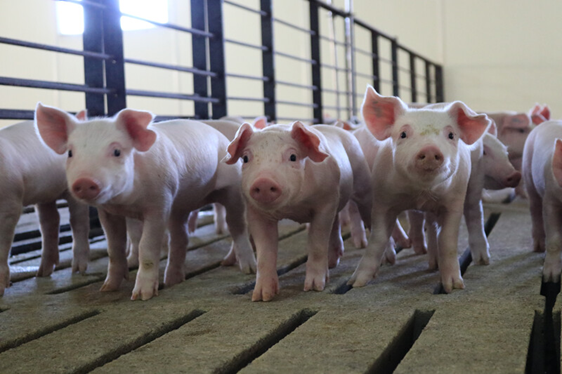Research roundup: How can researchers assess antimicrobial use in swine herds?
December 1, 2020

A recent pilot study established processes for voluntary data sharing on how swine producers use antibiotics. Peter Davies, BVSc, PhD, led the study, which set out to advance knowledge of antimicrobial use in the U.S. swine production herds and to support antimicrobial stewardship across that industry. The study identified variation in antimicrobial use among nine large U.S. swine agriculture systems — which together produce more than 20 million pigs each year — in 2016 and 2017. The researchers’ findings indicated that the tetracycline class of antibiotics made up roughly 60 percent of total use in the herds evaluated in the study, and antimicrobials in critically important classes constituted only 4.5 percent and 5.3 percent of total use, respectively. Now, the researchers are expanding this project among larger swine production systems, and the swine industry is exploring other options to enable confidential data sharing and benchmarking for smaller producers. The scientists say that more research is needed to get a better picture of antibiotic use in the national U.S. swine herd population. This project was part of a special issue of Zoonosis and Public Health that focused on antimicrobial use data and collection and represented a public-private partnership that Davies and the team hope to build upon. The study was funded by the U.S. Food and Drug Administration and received support from the National Pork Board.
Read more in the paper published November 17 in Zoonosis and Public Health.


